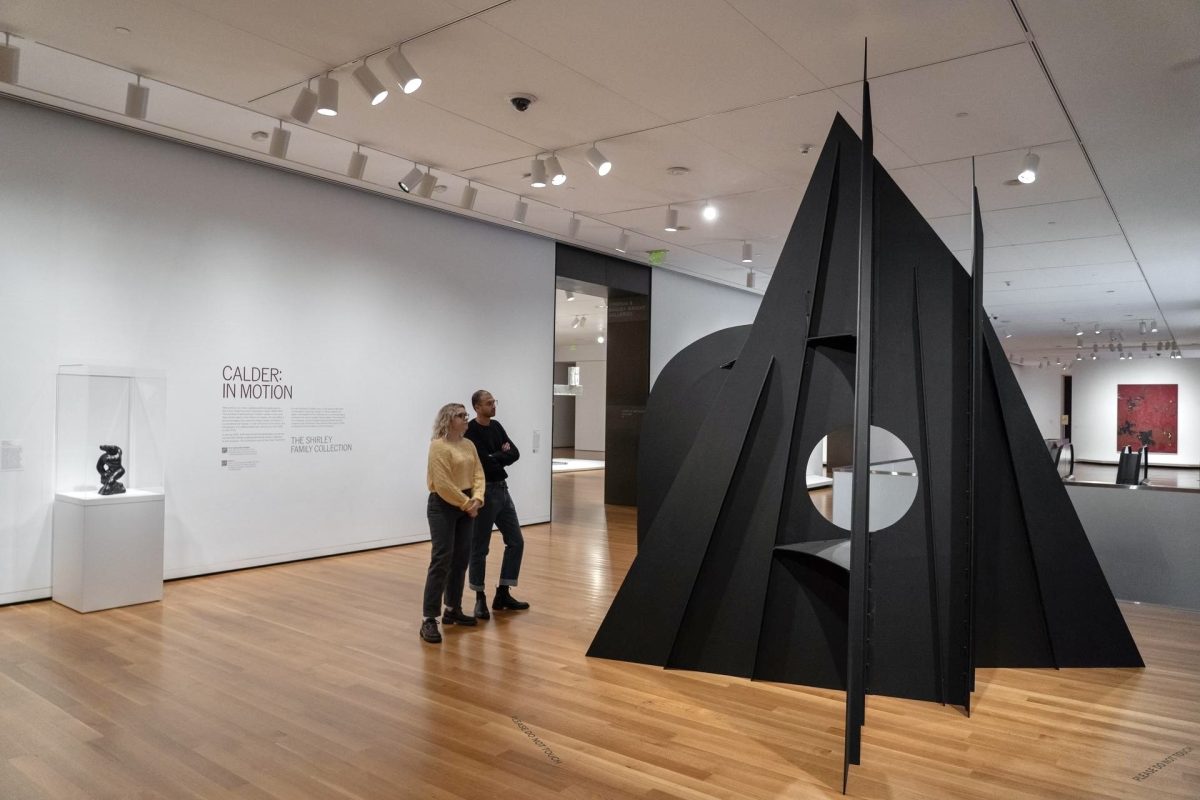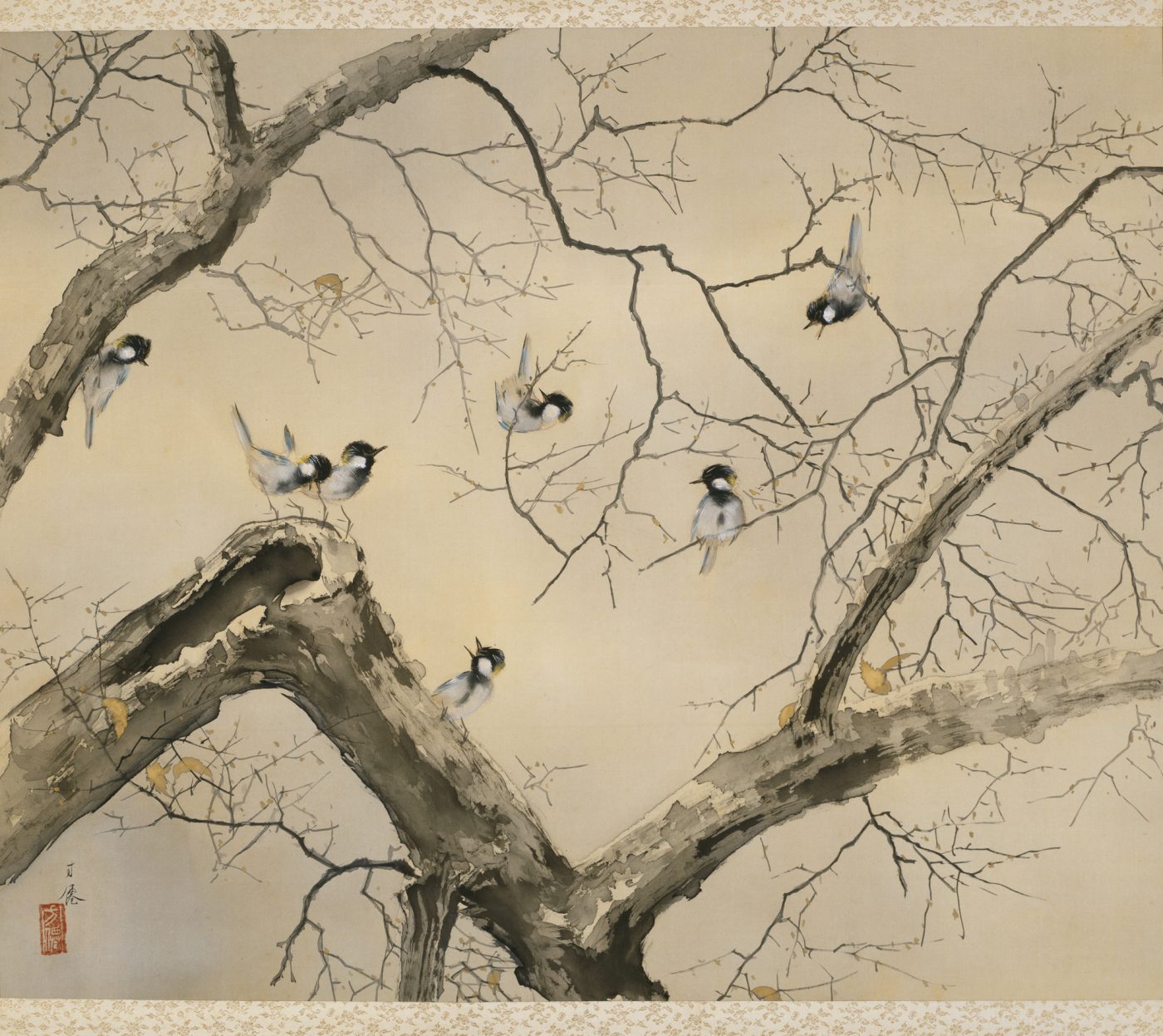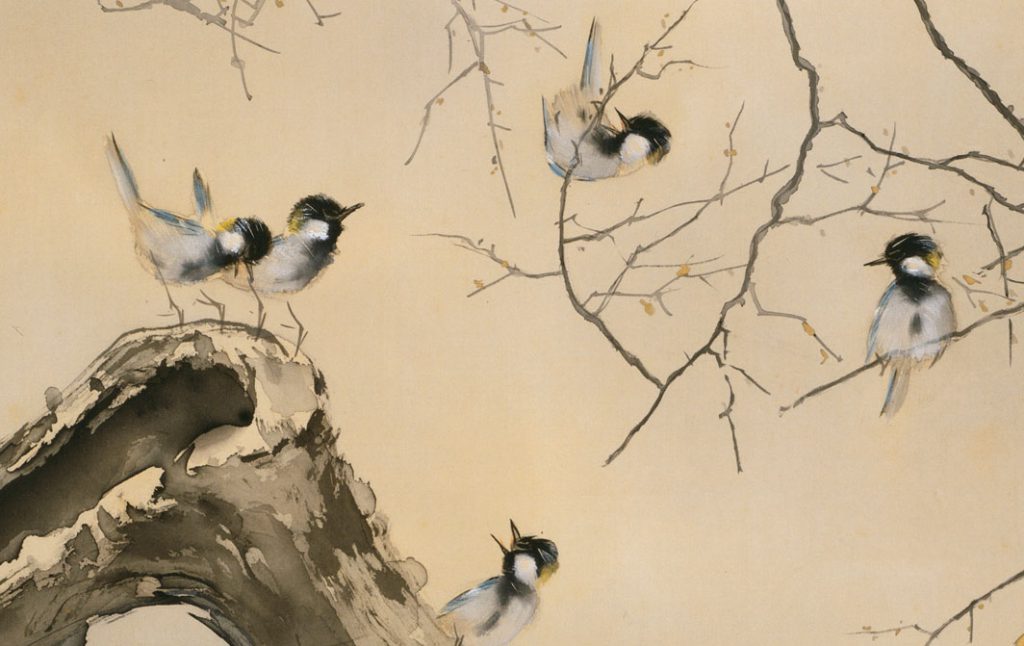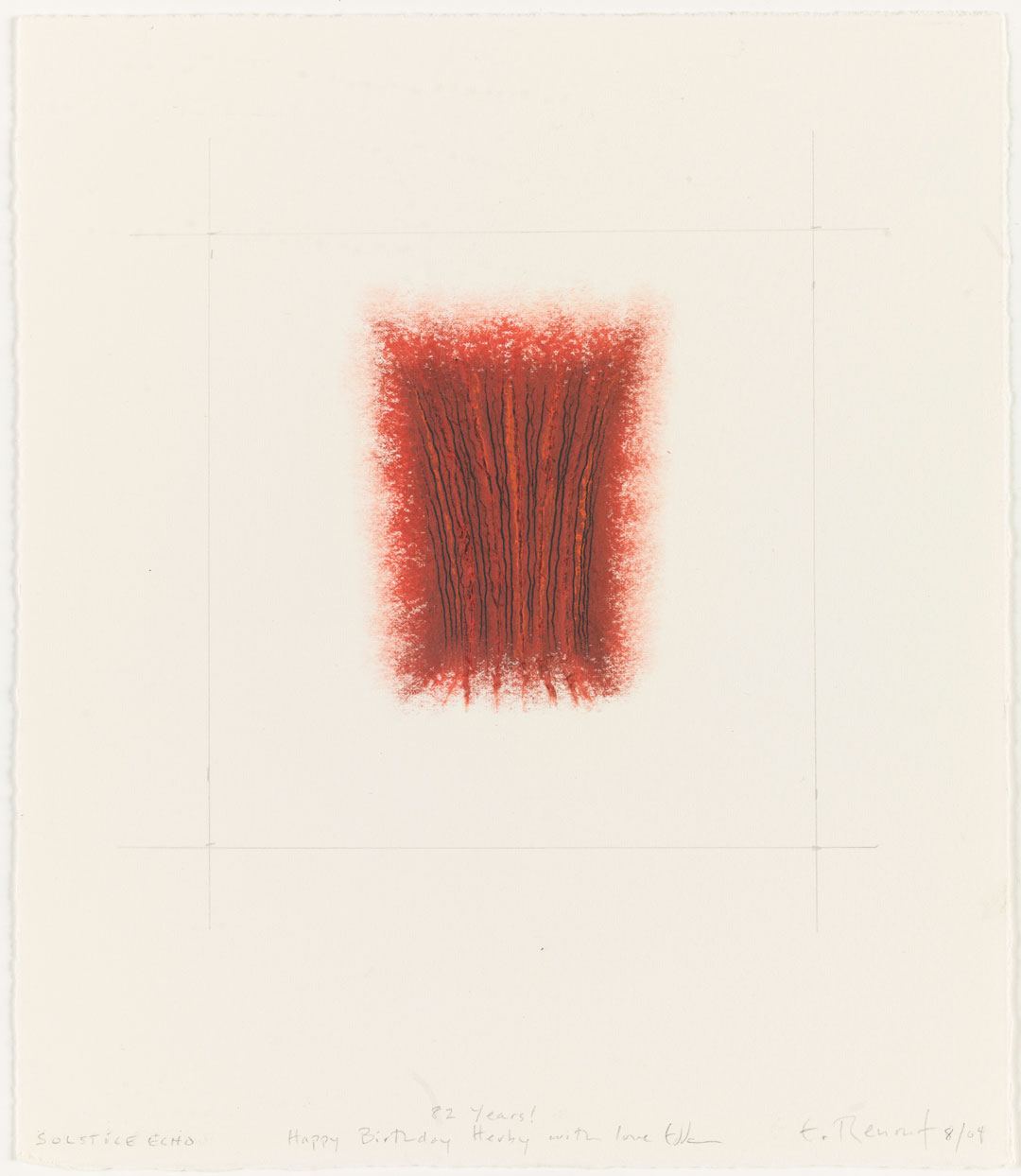Muse/News: Museum Gifts, Unique Bonsai, and Emotional Maps
SAM News
Lee Carter for Artnet on Calder: In Motion, The Shirley Family Collection at SAM, sharing reflections from collectors Jon and Kim Shirley about Alexander Calder’s art and why they wanted to gift their collection to SAM.
“Ultimately, it was important to keep the Alexander Calder pieces together, all at SAM. ‘Museums are great public institutions,’ said Shirley. ‘For years we have lent our Calders to exhibitions in other parts of the country and around the world. It’s clear to me that museums are where they belong and we should work as hard as we can to make museums vital institutions.’”
The Stranger includes SAM Gallery’s Printing the PNW show on their list of “best bang for your buck” events. We can’t say it better than them:
“After peeping legendary Edo-period Japanese ukiyo-e artist Katsushika Hokusai’s woodblock prints, paintings, and illustrated books (yes, including Great Wave, plus a LEGO interpretation of it) on view at Seattle Art Museum, why not drop by SAM Gallery to scope out Japanese-inspired prints created by local artists?”
Local News
“Cinerama — ahem, SIFF Cinema Downtown — is back”: The Seattle Times’ Moira Macdonald reports from the reopened theater.
Crosscut’s Brangien Davis’s latest ArtSEA post bids farewell to Wier Harman, recommends Black Nativity at Intiman Theatre, and spotlights some solstice events.
Here’s NW Asian Weekly on Irene Taylor’s new HBO documentary about a unique 82-year-old bonsai that lives at the Pacific Bonsai Museum.
“… its seeds were sent to Japanese American Juzaburo Furuzawa during his internment under Executive Order 9066 in World War II…The Furuzawa Pine gained international attention in February 2020 when it was stolen from the Pacific Bonsai Museum, only to be mysteriously returned less than 72 hours later.”
Inter/National News
Revisit “The Defining Art Events of 2023,” courtesy the editors of ARTnews.
The Art Newspaper offers this remembrance of sculptor Richard Hunt, who passed away at the age of 88.
“A World Map With No National Borders and 1,642 Animals”: The New York Times’ Natasha Frost on cartographer Anton Thomas’s “Wild World.”
For Mr. Thomas, this equates to a kind of “emotional geography,” where features with greater emotional heft — the New York City skyline, say, or the Golden Gate Bridge — may take up more space. “There are animals the size of mountain ranges on my map,’ he said. ‘But you know what? The African lion should tower over Kilimanjaro, if we’re drawing an emotional map.””
And Finally
– Rachel Eggers, SAM Associate Director of Public Relations
Image: Installation view of Calder: In Motion, The Shirley Family Collection, Seattle Art Museum, 2023, © 2023 Calder Foundation, New York / Artists Rights Society (ARS), New York, photo: Chloe Collyer.



